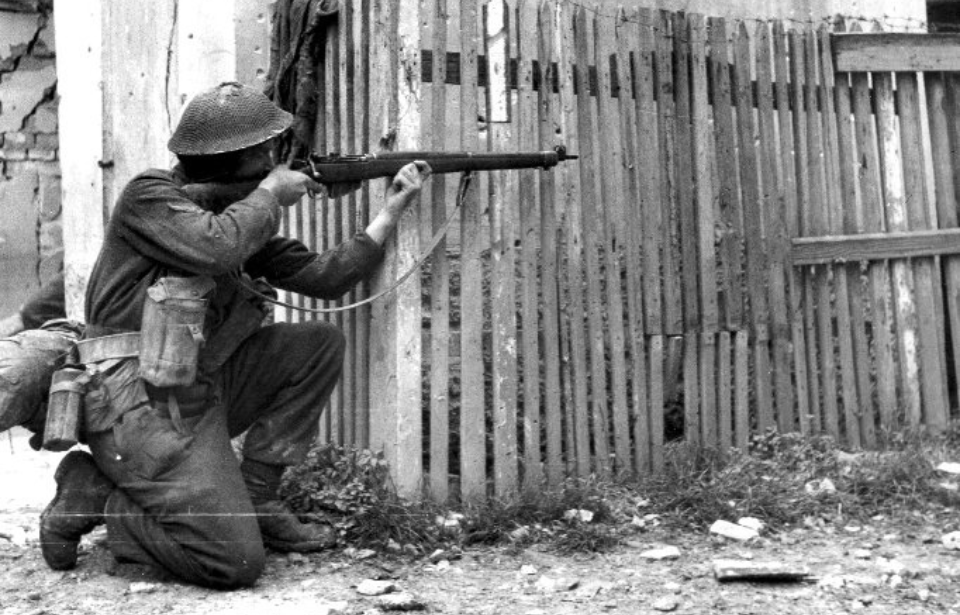While initially intended to be a super power on the Axis side during World War II, Italy wound up playing a smaller role in the conflict that its officials and military intended. While the country was initially a German ally, things soon fell apart. One major reason for Italy’s withdrawal from the conflict was the Allies’ Italian Campaign, and one of the most important skirmishes during this was the Battle of Ortona.
The strategy behind the Italian Campaign
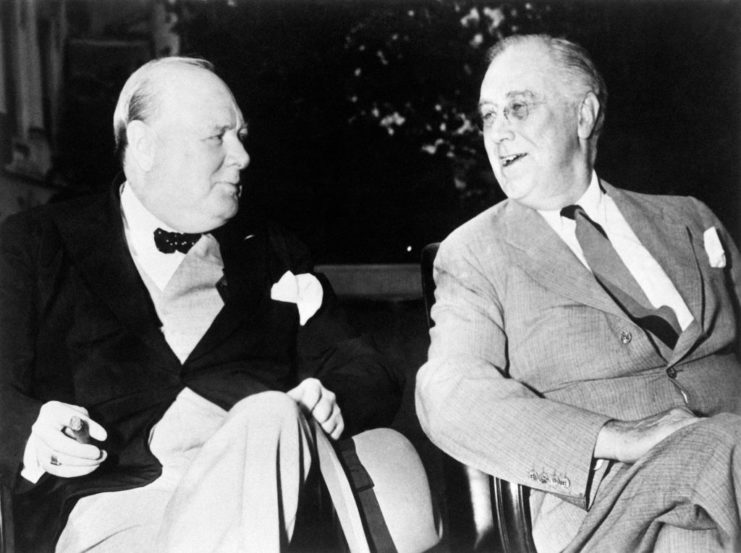
When the US entered WWII, the Allies were focused on developing the best strategy to defeat the Axis powers – and one idea was to spread out their attacks and not allow the German Army to be concentrated in any one area.
There was a fair amount of disagreement between the US and the UK about whether it was worth sending troops to Italy. US President Franklin D. Roosevelt argued that the campaign would remove Italy from the war, and he won out, allowing for a small contingent of troops to be sent to the country.
The Italian Campaign was launched in the summer of 1943. Its main goal was not to defeat the Germans, but to make sure Italian soldiers were fighting in Italy, rather than in other areas of Europe. The Allies also hoped to pull German troops out of France. They first captured the island of Sicily, before moving up mainland Italy, and the heaviest fighting occurred that December. This led to the month becoming known as “Bloody December.”
Ortona was strategically important
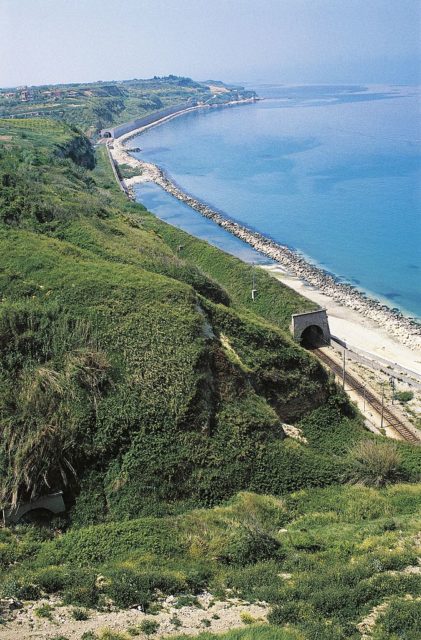
The town of Ortona, located in the region of Abruzzo, was not prominent. When WWII broke out, only about 10,000 people lived there. However, it was a coastal town and the water was especially deep. The Allies were very keen to take Ortona and make use of its port, and sent in troops with the 1st Canadian Infantry Division, under Maj. Gen. Christopher Vokes.
The Germans also realized the importance of the area, to both strengthen their foothold in Italy and hurt the Allied forces. To protect the town, the German Army used two elite battalions of Fallschirmjäger (paratroops) from the 1st Parachute Division, under Generalleutnant Richard Heidrich. They also began blowing up buildings to create piles of rubble, from which they set up fight positions, and laid down mines throughout the town.
The Battle of Ortona begins
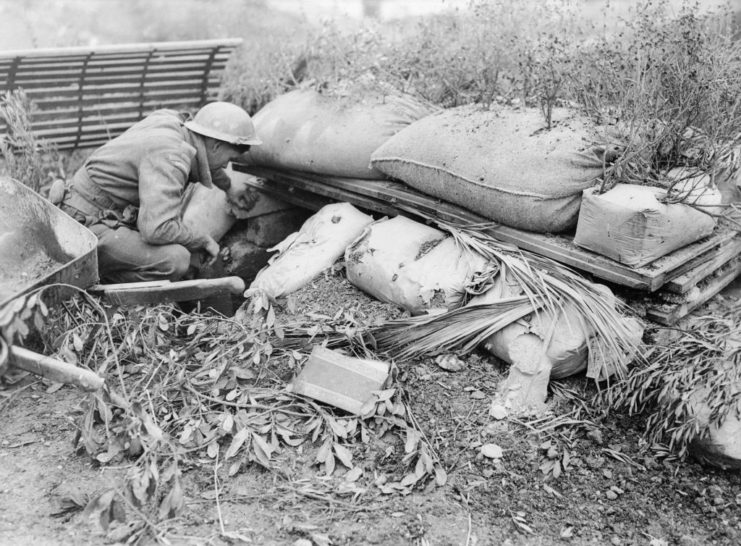
The Battle of Ortona began on December 20, 1943, and saw the Canadian forces pitted against the elite German paratroops. The fighting was immediately fierce, featuring extremely close skirmishes between the two sides. This was largely confined to the streets of Ortona, which made things difficult for the Canadians, who had no training in urban combat.
“Mouseholing” and destruction
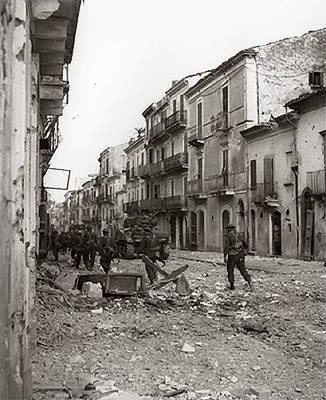
The make up of Ortona forced the combatants to change up fighting strategies. One new innovation was referred to as “mouseholing,” which had previously been taught in a handful of British battle schools. With this method, Canadian soldiers would move from house to house, shooting holes in the walls, before throwing grenades into the newly-made gaps. The aim was to clear any Germans on the opposite side.
This allowed the Canadian troops an added layer of protection, as the majority of Ortona’s buildings were conjoined. From within, they were able to move from building to building, preventing them from having to venture out onto the streets.
The results of the Battle of Ortona
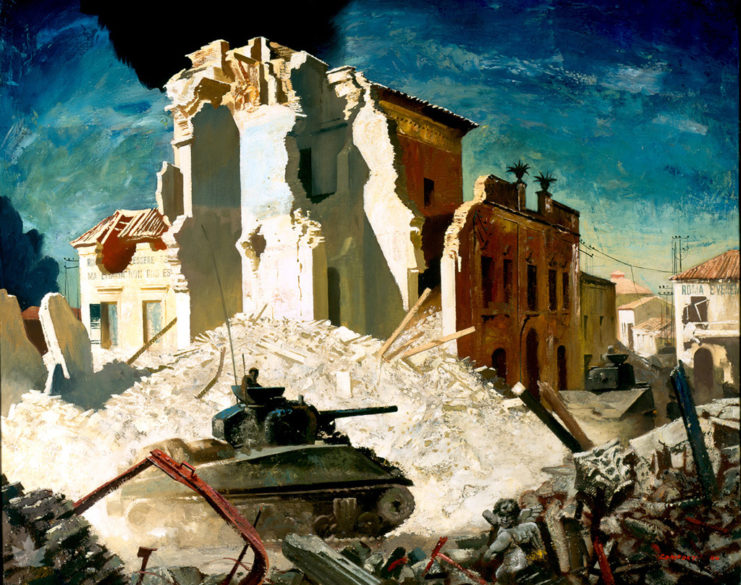
The Battle of Ortona was incredibly costly for both sides. The fighting was intense and focused in the town’s narrow streets. The urban fighting was so intense, in fact, that the battle was nicknamed the “Italian Stalingrad.” While the Canadians suffered heavier losses that the Germans, they continued to push, and on December 28, 1943, the Allies were deemed victorious when the Germans quietly pulled out.
Reporting on the exploits of the Canadians during the Italian Campaign and, more specifically, the Battle of Ortona, Vokes wrote, “We smashed the 90th Panzer Grenadier Division and we gave the 1st German Parachute Division a mauling which it will long remember.”
More from us: The Rats of Tobruk: How A German Insult Was Reclaimed As a Proud Nickname
Eventually, the Allies succeeded in their goal of forcing Italy out of the Second World War. Fascist rule in the country ended in 1943, and two years later, Benito Mussolini was executed and Italy was forever changed.
